Home - Butterflies - Swallowtails - Whites and Sulphurs - Coppers, Hairstreaks, Blues & Metalmarks - Brushfoots - Skippers
Photo Details< - Characteristics & Utah Range Map
To see PUPA Development plus HOST PLANT photos, scroll down. For other photos and information, click on
LARVA ADULT BUTTERFLY
___________________________________________________________________________________________________________________________________
___________________________________________________________________________________________________________________________________
Pre-Pupa
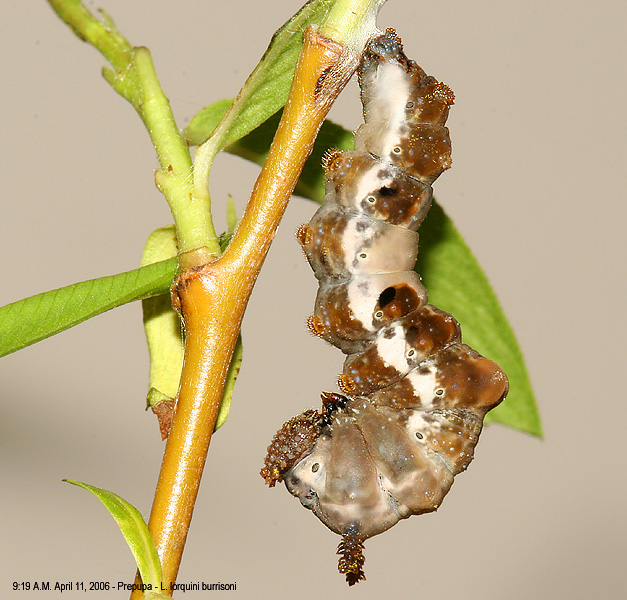
Pupa - April 12, 2006
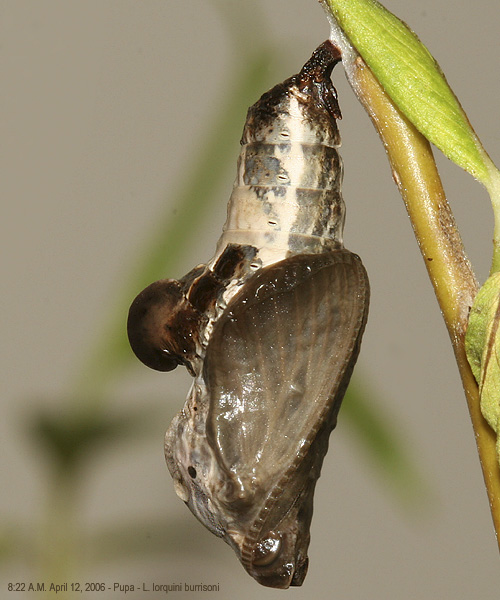
Pupa - April 13, 2006
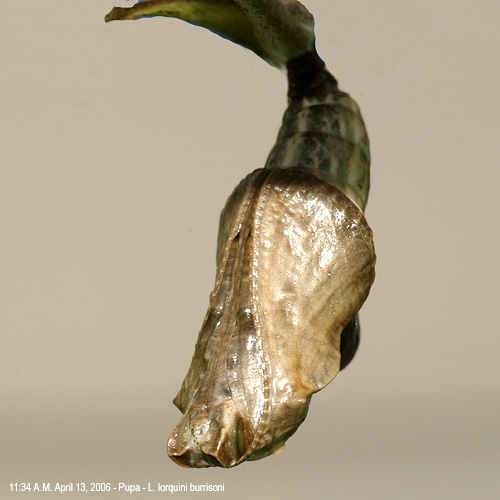
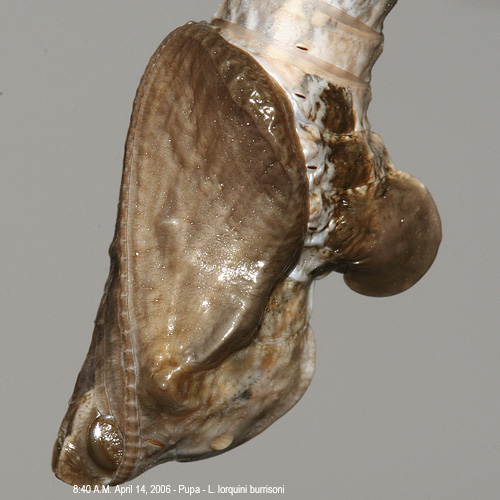 |
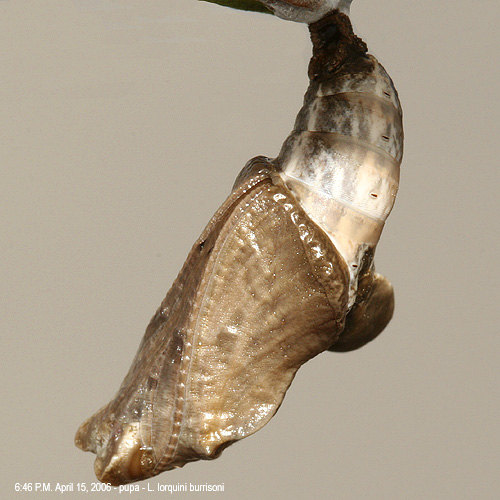 |
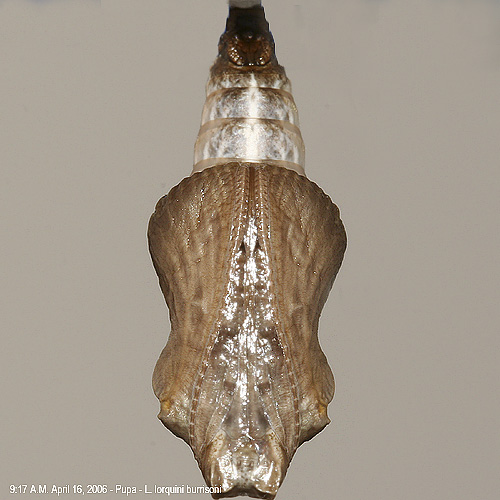 |
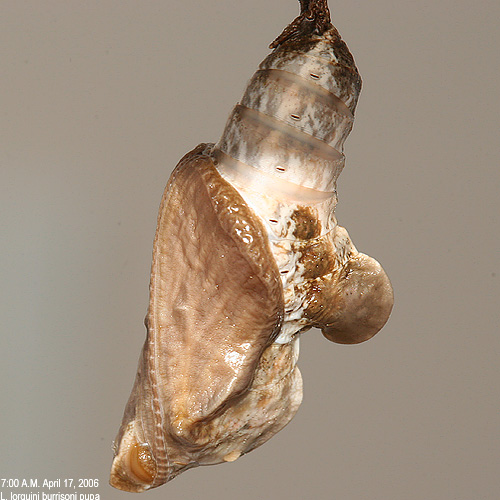 |
Pupa- Twenty-four hours before adult eclosed 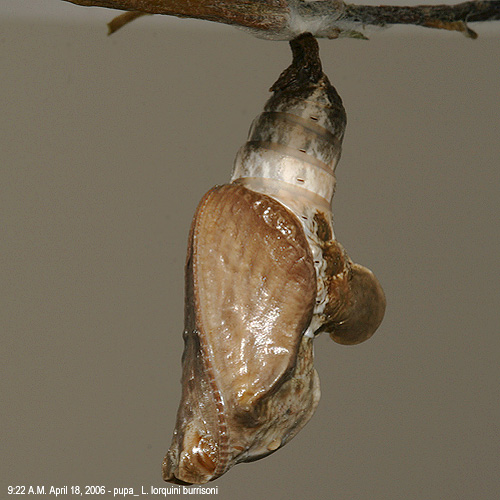 |
|
Host Plant - Weeping Willow Tree - Salix 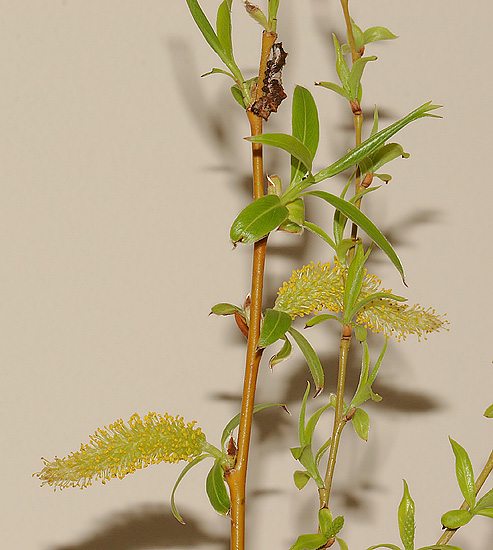 |
|
| Photo Details -
©Nicky Davis Dates and times shown on photos Prepupa 1. Changed to the Prepupa stage sometime between midnight of the 10 and 8 A.M. of the11 of April 2006 Canon 20D, 200mm, ISO 200, 1/250, F16, Flash + 1 Pupa Date and time shown on each photo. Adult butterfly emerged 9:20 A.M. April 20, 2006. Time differential between the first signs of being set to molt and the completion of the molt to the next instar is approximately 30 hours. The 5th instar will prepupate in approximately 5 days; two more days to pupate; then approximately 7 more days to emergence of the adult butterfly. Host Host plant usually Willow - Salix- sometimes quaking aspen, cherry trees, cottonwoods or plums. 1. Fourth instar larva feeding on Willow tree leaves Adult butterflies nectar from plants including California buckeye, yerba santa, and privet; bird droppings; and dung. Other Larva was extracted by Todd Stout on March 4, 2006, near Robie Creek Road, Idaho. The larvae resemble bird droppings, an effective camouflage which helps keep predators from eating them. The white "saddle" serves as a light sensor. Back to Top |